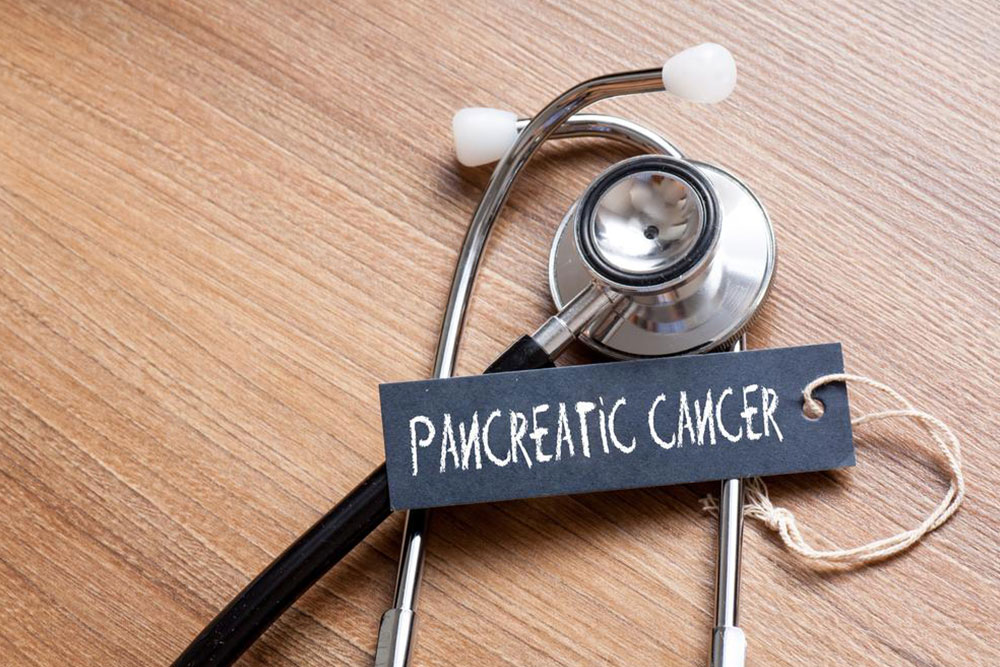Comprehensive Guide to Male Breast Cancer: Symptoms, Causes, and Modern Treatment Strategies
Male breast cancer, although less common than female breast cancer, has been rising over recent decades. Recognizing early signs like nipple changes, lumps, and skin alterations is essential for timely diagnosis. Causes involve genetic mutations like BRCA2, hormonal imbalances such as elevated estrogen, and medical conditions like Klinefelter’s syndrome. Treatment options include surgery, hormone therapy with tamoxifen or aromatase inhibitors, and chemotherapy for advanced cases. Early detection significantly improves survival rates, making awareness, prompt medical consultation, and lifestyle management crucial for patients. This comprehensive guide aims to educate men and healthcare providers about this disease.

A Complete Overview of Male Breast Cancer: Recognizing Symptoms, Understanding Causes, and Exploring Treatment Options
Male breast cancer, though historically considered rare, has seen a notable increase in incidence over the past three decades. It can affect men across a broad age spectrum, from as young as around five years old to seniors in their nineties. Despite its rarity compared to female breast cancer, early detection of male breast cancer is crucial, as it significantly enhances survival prospects, with early diagnosis pushing survival rates close to 100%. Conversely, delayed diagnosis can lead to poorer outcomes, with survival rates falling to approximately 72-79% at mid-stages and dwindling to about 20% if the disease is diagnosed late. Understanding the warning signs and the underlying causes is essential for men and healthcare providers to facilitate early intervention and improve prognosis.
Recognizing the Symptoms of Male Breast Cancer:
Male breast cancer symptoms can be subtle initially, often resembling benign conditions, which makes awareness vital. Key indicators include persistent nipple pain or tenderness, nipple retraction (where the nipple pulls inward), and palpable lumps in the chest area. Discharge from the nipple—especially if bloody or abnormal—should raise concern. Skin changes, such as dimpling, redness, or ulcerations near the nipple, can also indicate abnormal processes. Enlarged lymph nodes under the arm (axillary lymphadenopathy) or near the collarbone may suggest metastasis. It is important to note that these lumps and changes can be painless at first, but as the disease progresses, discomfort or other symptoms may develop. Any suspicion should prompt immediate consultation with a healthcare professional.
As male breast cancer advances, symptoms may become more systemic. The cancer’s spread can affect vital organs such as the liver or lungs, leading to symptoms like shortness of breath, persistent cough, bone pain, jaundice (yellowing of the skin and eyes), or fatigue. Early detection dramatically reduces the risk of metastasis and improves treatment success.
What Causes Male Breast Cancer?
The etiology of male breast cancer involves a combination of genetic, hormonal, and environmental factors. Genetics play a significant role; mutations in genes such as BRCA2 increase the risk substantially. Men with a family history of breast or ovarian cancer are at greater risk. Hormonal imbalances, particularly elevated estrogen levels, are also key contributors. Conditions like Klinefelter’s syndrome, characterized by abnormal sex chromosome composition and increased estrogen, can raise men’s risk by as much as twenty times. Other medical issues, such as testicular diseases, liver cirrhosis, or orchitis, can alter hormonal levels and predispose men to breast cancer. Exposure to radiation or certain chemicals can also contribute. Gynecomastia, the benign enlargement of breast tissue commonly caused by infections or hormonal fluctuations, may sometimes be associated with a heightened risk of malignancy.
Available Treatment Options for Male Breast Cancer:
Therapeutic interventions depend on the stage and specifics of the diagnosis. Surgical removal remains the cornerstone of local control, with procedures like modified radical mastectomy being standard. This involves excising the entire affected breast tissue along with nearby lymph nodes to prevent spread. Hormonal therapy is another vital strategy; drugs such as tamoxifen, an estrogen receptor modulator, are used to block the action of estrogen on cancer cells. Aromatase inhibitors, which reduce estrogen production, are also employed, especially in hormone-sensitive tumors. For advanced or recurrent cases, chemotherapy is often administered to control disease progression and alleviate symptoms. Targeted therapies and immunotherapy are emerging areas of treatment but are still under investigation for male breast cancer. Early diagnosis through screening techniques such as biopsies, mammography, and ultrasound greatly improves prognosis. Because men often delay seeking medical attention due to low awareness, educational campaigns are essential to promote prompt evaluation upon noticing suspicious symptoms. Emphasizing a healthy lifestyle—limiting alcohol, quitting smoking, maintaining a balanced diet, and regular exercise—can also contribute to reducing risk factors.
Overall, male breast cancer remains a condition that benefits greatly from early intervention. Advances in medical technology and increased awareness have improved diagnostic accuracy and treatment outcomes. If any symptoms or risk factors are present, seeking medical advice promptly can be life-saving. Continuous research and public education are key to further reducing mortality rates associated with this disease.





